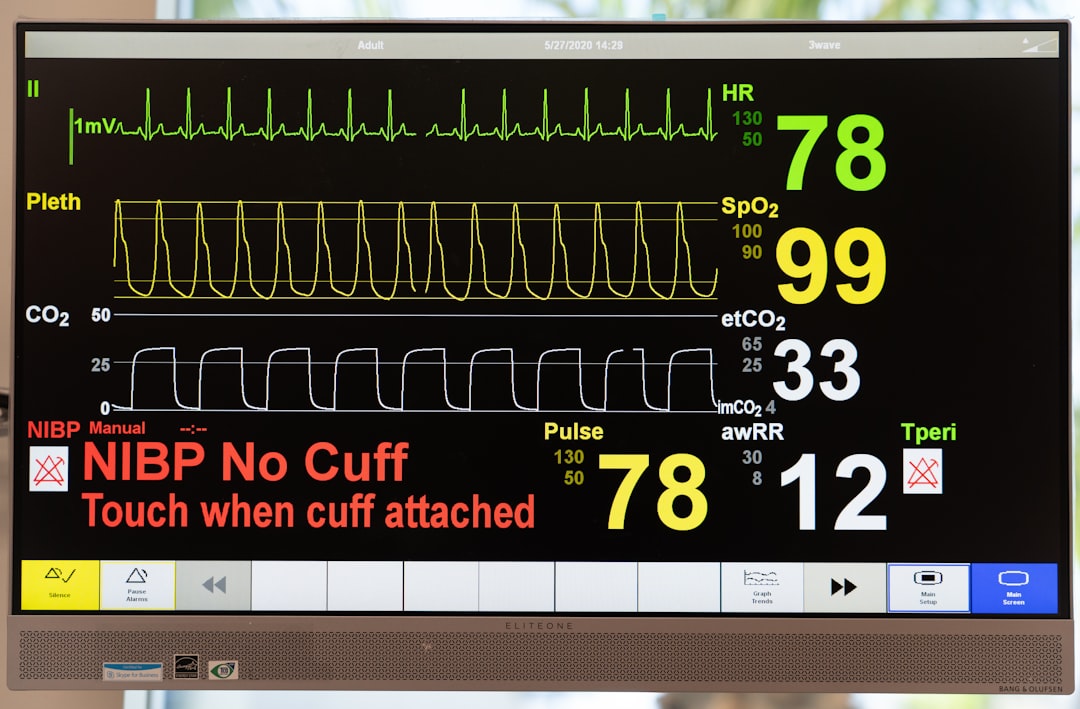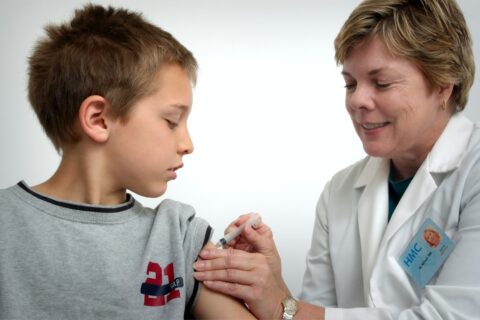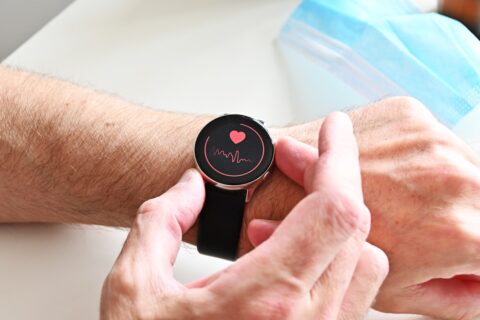Emergency Room Insights: Stats, Trends, and Solutions for Better Care
Overview of Emergency Room Care Statistics
Overview of Nationwide ER Visits
Emergency room statistics offer a window into the functioning and demands of the U.S. healthcare system. In 2021, approximately 139.8 million emergency department visits were recorded, a figure that emphasizes the essential nature of ERs in handling urgent health issues across the nation. These visits encompass a broad spectrum of medical needs, with 40 million of them linked specifically to injuries, including incidents of poisoning, which are prevalent among the reasons for seeking urgent care. This statistic translates to an average of 42.7 ER visits per 100 individuals annually, indicating a heavy reliance on emergency services for acute medical interventions.
The most common reasons driving people to ERs include abdominal pain and injuries, such as those sustained from falls, which are particularly prevalent among older adults [1]. As urban areas continue to expand and the accessibility of primary care services becomes more constrained, the demand for emergency room services is expected to grow, posing challenges for the system to manage. Furthermore, there are noticeable differences in ER visitation rates from one state to another. These disparities often stem from variations in the accessibility and availability of healthcare resources, with some states experiencing higher rates due to limited primary and urgent care options.
 Demographics and Utilization of Emergency Rooms
Demographics and Utilization of Emergency Rooms
Breakdown of Patient Demographics
Emergency room utilization is deeply influenced by demographic factors, showcasing distinct patterns among various groups. Notably, females over the age of 75, especially those residing in rural or low-income areas, are among the most frequent visitors to emergency rooms. This demographic often relies heavily on Medicaid or Medicare, highlighting the role of government healthcare programs in providing critical support for older adults in these communities. For instance, in Washington, a significant portion of ER visits comes from this group, which underscores the intersection of age, location, and economic status in healthcare access.
In addition to older adults, vulnerable populations, such as those in Utah, have demonstrated higher rates of preventable emergency room visits. These visits are often driven by factors like low income, lower educational attainment, and a lack of health insurance, which impede access to preventable emergency room visits and regular primary care services. This situation forces many individuals to turn to emergency rooms for conditions that could otherwise be managed in a primary care setting. Furthermore, young adults aged 18-34 constitute a large segment of ER visitors, frequently seeking treatment for mental health crises or substance abuse problems, illustrating the growing mental health challenges faced by this age group. Ethnic minorities are also overrepresented in emergency room statistics, largely due to socioeconomic barriers that limit their access to comprehensive healthcare services. Understanding these demographic trends is crucial for developing targeted interventions to improve healthcare access and reduce unnecessary emergency room visits.
Discharge Rates and Patient Care
Understanding Discharge and Admission Rates
Discharge rates from emergency rooms offer a window into the efficiency and effectiveness of patient care given in these critical healthcare settings. A mere 13.1% of ER visits culminate in hospital admissions, highlighting that the majority of cases are resolved without the need for inpatient care, which speaks to the competency of ER interventions and treatments [1]. This statistic also reflects the ability of ER staff to manage and treat a wide range of conditions promptly and effectively, ensuring that patients can return home with appropriate care instructions and follow-up plans.
Moreover, the fact that around 41.8% of patients are assessed within 15 minutes of their arrival underscores the operational efficiency of many emergency departments, which is crucial for patient satisfaction and reducing anxiety during potentially stressful situations. Quick triage and assessment mean that patients can receive timely medical attention, which is vital in emergencies where every minute can be crucial. Additionally, timely discharges are not just about swift processes but also reflect robust triage systems and effective treatment plans that ensure patients are stabilized and can be safely discharged.
Furthermore, the discharge process is a pivotal element in patient care, as it involves not just sending patients home but also providing them with the necessary information and resources to prevent complications and ensure successful recovery. This includes instructions on medication, signs of potential complications to watch for, and scheduling follow-up appointments with primary care providers, which can significantly enhance post-visit outcomes. This comprehensive approach to discharge planning helps in preventing future ER visits and supports the continuity of care beyond the emergency room walls.
Trends Impacting Emergency Room Visits
Analysis of Recent and Historical Trends
Emergency room utilization has undergone substantial changes over the years, reflecting broader shifts in healthcare needs and challenges. Between 2006 and 2014, the volume of ER visits saw a notable increase of 30%, which is indicative of escalating demand for emergency medical services. This period also witnessed an 80% surge in critically ill patients, underscoring the increasing complexity and severity of cases that emergency departments are now managing. For instance, states like Washington have reported a 7% rise in ER visits during environmental crises such as wildfires, which not only increase the patient load but also the complexity of medical care required.
Seasonal variations further influence ER traffic, with winter months typically seeing a spike in visits due to flu outbreaks and respiratory conditions. This seasonal pattern places additional pressure on emergency services, necessitating efficient handling of increased patient numbers. The emergence of telehealth as a viable alternative for non-emergency consultations has begun to slightly alleviate ER congestion, as some patients opt for virtual consultations over physical visits. However, the preference for in-person care persists for many, particularly for acute conditions. The ongoing impact of the COVID-19 pandemic has compounded these challenges, contributing to a backlog of cases and emphasizing the urgent need for hospitals to adapt and enhance their emergency response capabilities.
 Factors Influencing Wait Times and Patient Outcomes
Factors Influencing Wait Times and Patient Outcomes
 Addressing Overcrowding and Efficiency
Addressing Overcrowding and Efficiency
Overcrowding in emergency departments is a growing crisis that has profound effects on patient care and outcomes. The increase in boarding hours by 78% has exacerbated delays in treatment, contributing to clinician burnout and a rise in human errors, which can adversely affect patient safety. This situation is further complicated by the financial strain it places on healthcare facilities, as overcrowding leads to lost revenue from patients leaving without being treated and reduced billing opportunities for critical care. For instance, in densely populated urban areas, the average wait time can surpass four hours, significantly impacting patient satisfaction and outcomes.
Efforts to address these challenges have seen the introduction of several initiatives aimed at enhancing efficiency in emergency room operations. Fast-track lanes for patients with minor injuries are one such innovation, designed to ensure quicker service and alleviate congestion in the main treatment areas. Moreover, strategic increases in staffing and resource allocation during peak times have been implemented to help manage patient flow and reduce wait times effectively. These measures not only improve patient throughput but also contribute to a more sustainable and responsive emergency care environment. By adopting these strategies, emergency departments can better handle patient surges and provide timely, high-quality care.
Implications of Emergency Room Statistics on Healthcare Access
Understanding the Broader Impact
Emergency room statistics serve as a powerful lens through which we can examine the disparities in healthcare access that different populations face. For instance, the high frequency of preventable ER visits among certain demographic groups highlights systemic inadequacies in primary healthcare access. These visits often stem from a lack of regular medical care and inadequate preventive services, which can lead individuals to seek emergency care for conditions that could have been managed or prevented through routine healthcare. This situation points to an urgent need for healthcare systems to bolster their infrastructure and implement policies aimed at providing more robust primary care services.
Moreover, the financial implications of emergency room use are substantial. Not only do these visits impose significant costs on individual patients, but they also contribute to the overall financial strain on the healthcare system. This is particularly evident in cases where ER visits could have been avoided with better access to primary care or preventive measures. To address this, community outreach programs have been developed to educate the public on appropriate ER usage, aiming to decrease unnecessary visits and optimize the utilization of emergency services. These efforts are crucial in developing strategic solutions that not only reduce costs but also enhance patient outcomes by ensuring that emergency rooms are used appropriately and efficiently. Understanding and analyzing these statistics is essential for policymakers as they work to improve healthcare infrastructure and ensure equitable access to care across all communities.
Encouraging Proactive Healthcare Solutions
 Promoting Emergency Room Alternatives
Promoting Emergency Room Alternatives
In addressing the issue of preventable emergency room visits, it is crucial to emphasize the importance of proactive measures that individuals can take to minimize risks. Simple preventative actions, such as consistently wearing seatbelts, securing household cleaners out of children’s reach, and adhering to safety protocols at work and home, are effective strategies to reduce the frequency of injury-related emergency visits. These measures not only enhance personal safety but also contribute to easing the burden on emergency room services by decreasing the number of avoidable cases that require urgent care.
Moreover, the role of facilities like El Paso Emergency Room in offering innovative and efficient solutions cannot be overstated. With advanced technology and a team of dedicated healthcare professionals, they provide state-of-the-art emergency care that features minimal wait times and comprehensive services. This ensures that patients receive swift and compassionate care, which is particularly crucial in life-threatening situations. By fostering greater awareness about the benefits of such facilities and encouraging the public to utilize these resources appropriately, communities can significantly reduce emergency room overcrowding and improve healthcare outcomes. To explore more about the exemplary services offered by El Paso Emergency Room and how they can cater to your healthcare needs, visit their website.


